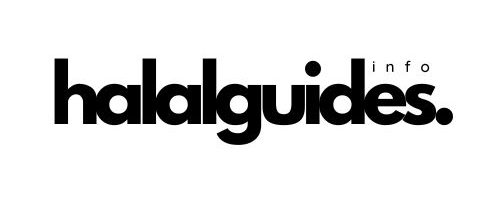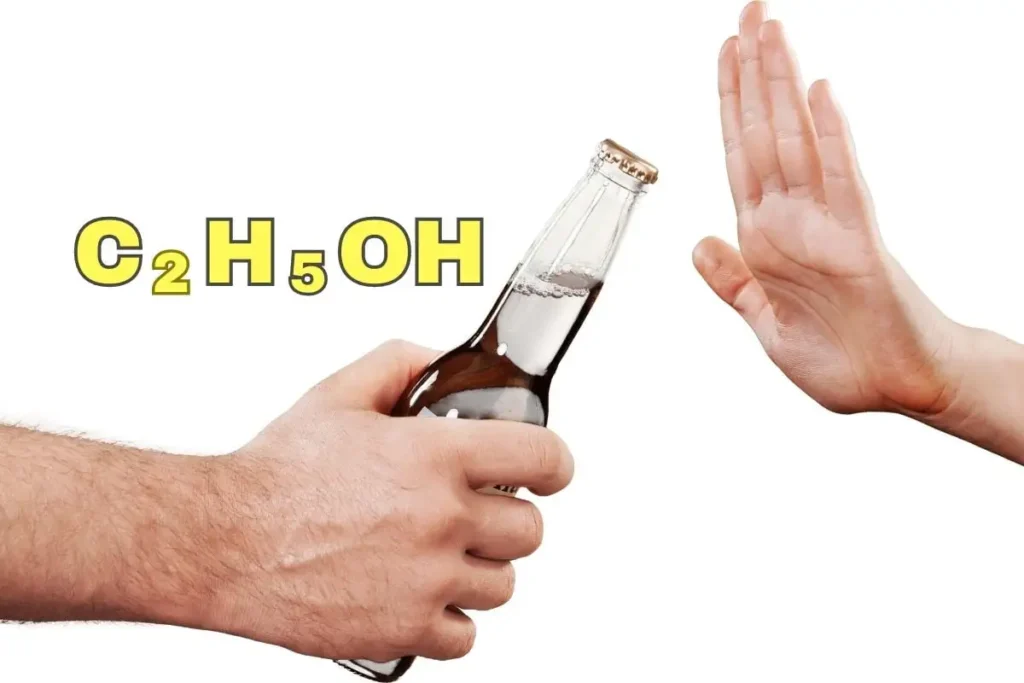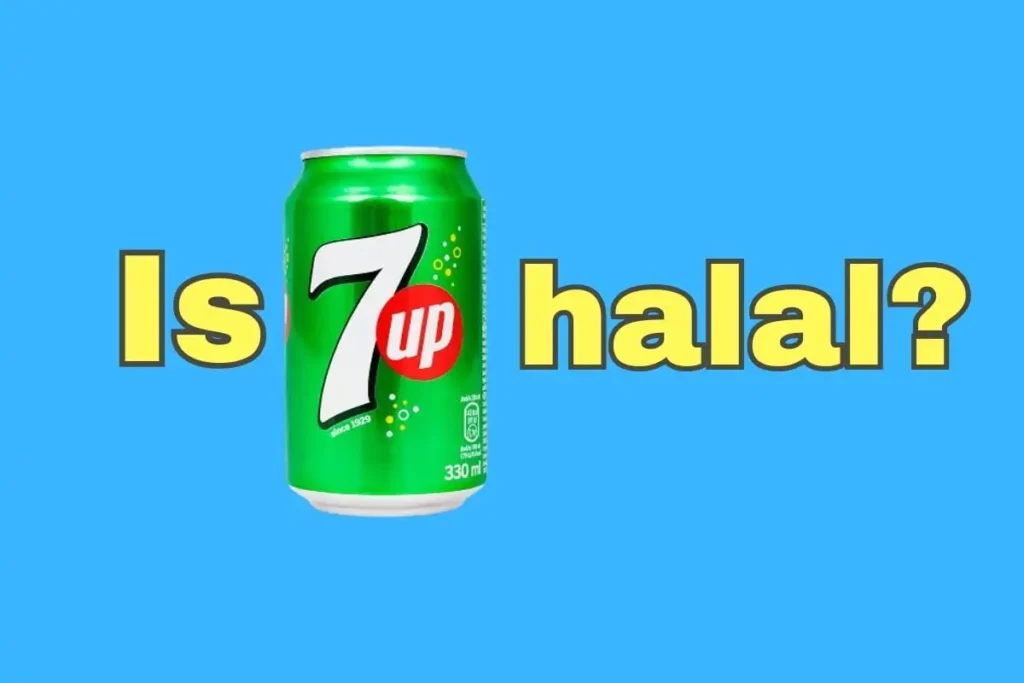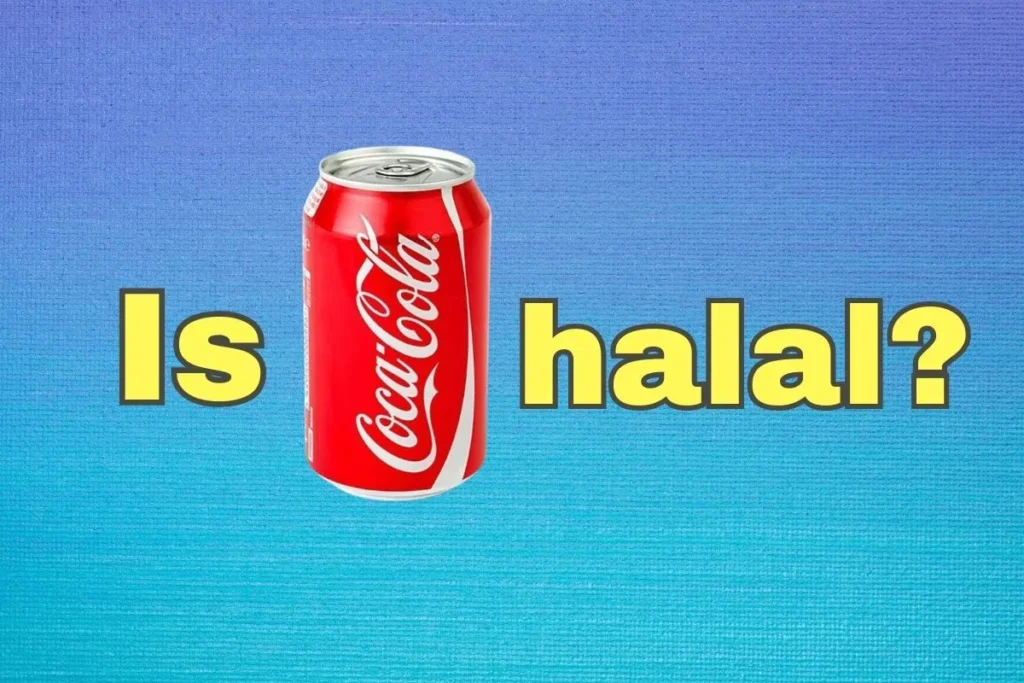Hey there, curious reader! 🙋♂️ Ever glanced at a food label and thought, “What on earth is E1422? And more importantly, is E1422 Halal?” You’re not alone. Let’s embark on this journey of discovery together!
Key Takeaways
| 📌 Source of E1422: E1422 is derived from natural starches found in plants like corn, wheat, and potatoes. It undergoes a process to enhance its properties for use in the food industry. |
| 📌 Regulations and Halal Status: E1422 is regulated in various countries and is permissible for Muslims (halal) as it is sourced from plants and does not contain forbidden (haram) ingredients. |
What Is E1422?
So, you’ve seen E1422 on a label and wondered what it is, right? Well, in the simplest terms, E1422, or Acetylated Distarch Adipate, is a modified starch.
Think of it as the secret ingredient that gives your favorite foods the perfect texture. Creamy soups, thick sauces, and those candies that melt in your mouth? Yep, E1422 might be playing a part!
E1422 is a prominent food additive that plays a crucial role in the food industry. Its primary function is to serve as a thickening agent, but its versatility doesn’t stop there. This modified starch is a result of specific chemical processes that enhance its properties, making it a preferred choice for manufacturers.
Chemical Structure

Now, I know what you’re thinking: “What’s the science behind it?” E1422 has a unique chemical structure, thanks to the esterification of native starch with certain chemicals. This makes it a superhero starch that can withstand boiling or freezing without losing its cool. Neat, right?
The chemical structure of E1422 is a result of the esterification of native starch with acetic anhydride and adipic acid anhydride to resist high temperatures. The process of esterification gives E1422 unique properties, making it suitable for various culinary applications.
What Is E1422 Made From?
“Where does E1422 come from?” Great question! It’s derived from starch, which can come from everyday plants like corn, wheat, or potatoes. Imagine taking that starch and giving it a little makeover to make it even better. That’s E1422 for you!
Possible Side Effects
“But is E1422 safe?” For the vast majority, the journey with E1422 is a smooth one. This food additive, commonly used as a thickening agent, has undergone evaluations and is deemed safe for general consumption.
Still, as with any food substance, there’s no one-size-fits-all. Just as a sprinkle of chili (🌶️) can set some tongues aflame while others savor the heat, E1422 might not sit well with everyone. For a select few, it could lead to digestive nuances like bloating, gas, or even mild stomach upsets.
Understanding our own bodies is paramount. Some digestive systems might find it more challenging to break down and process E1422, leading to these occasional hiccups.
So, if you’re diving into foods with this additive, be a tad vigilant. Pay attention to any changes or discomforts post-consumption.
And remember, it’s not about the ingredient being inherently bad; it’s about how each individual system reacts to it. If you ever find your body sending out distress signals, it’s probably wise to reconsider your intake.
Regulations and Guidelines
E1422, as a food additive, is governed by various regulations worldwide. In the European Union, for instance, it’s allowed as a food additive with the E-number E1422.
Its degree of modification is limited by law, ensuring consumer safety. For more detailed information on the regulations surrounding E1422, you can refer to the European Parliament’s official document.
Dosage and Administration
The dosage and administration of E1422 in food products are strictly regulated. It’s essential to adhere to the recommended levels to ensure safety.
The exact dosage might vary based on the specific application and the region’s regulatory guidelines. For a comprehensive understanding of the dosage and administration guidelines, you might want to check the official guidelines provided by the Food Standards Agency.
Is E1422 Halal or Haram?
You can confidently use E1422 as it is considered halal. This additive is sourced from plants and its production does not involve any haram (forbidden) ingredients, making it suitable for Muslims.
Find out more:
Is E1420 Halal or Haram?
Is E1440 Halal or Haram?
Conclusion
Let’s simplify things. E1422, the not-so-mysterious food additive, is all about perfecting your food’s texture. It’s like a makeover for starch from everyday plants like corn or potatoes, enhancing its properties through a little chemical magic.
Good news – it’s usually safe for most people, though a few might experience some digestive discomfort with excessive intake.
Is it Halal? Absolutely. E1422 doesn’t contain any forbidden ingredients, making it compliant with Halal guidelines. So, next time you spot E1422 on a food label, know that it’s the unsung hero behind that ideal texture you love, and as long as you practice moderation, it’s all good for your culinary adventures.
FAQ
What is the source of E1422?
E1422 is derived from starch, which can be sourced from plants like corn, wheat, and potatoes.
Is E1422 safe for consumption?
Yes, E1422 is generally considered safe for consumption when adhering to the recommended dosage and guidelines.
What are some common food products that contain E1422?
E1422 can be found in various food products, including sauces, soups, and certain baked goods.
What is the CAS number of E1422?
The CAS number for E1422 is 63798-35-6.
Is E1422 banned in any country?
While E1422 is accepted in many countries, it’s essential to check local regulations as guidelines might vary.
- Is Pop Tarts Halal? What You Need to Know - February 18, 2024
- Are Graham Crackers Halal in Islam? - January 19, 2024
- Is Keebler Wheatables Halal? - January 18, 2024





